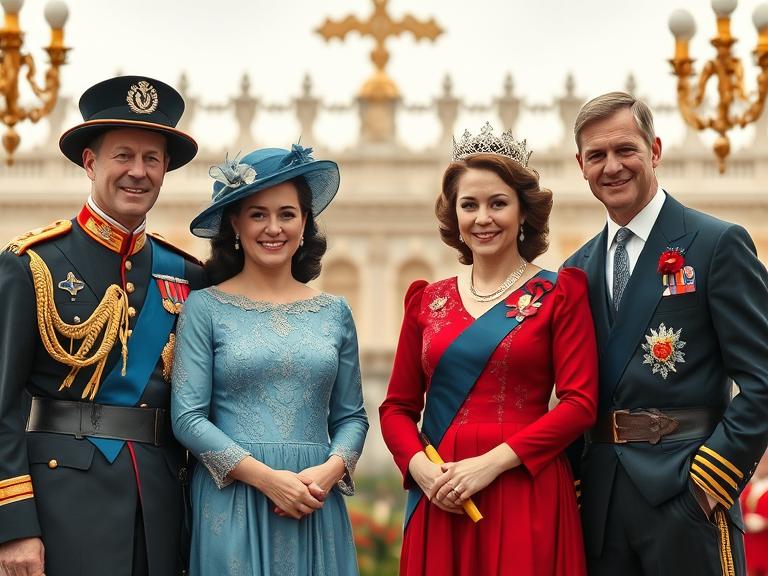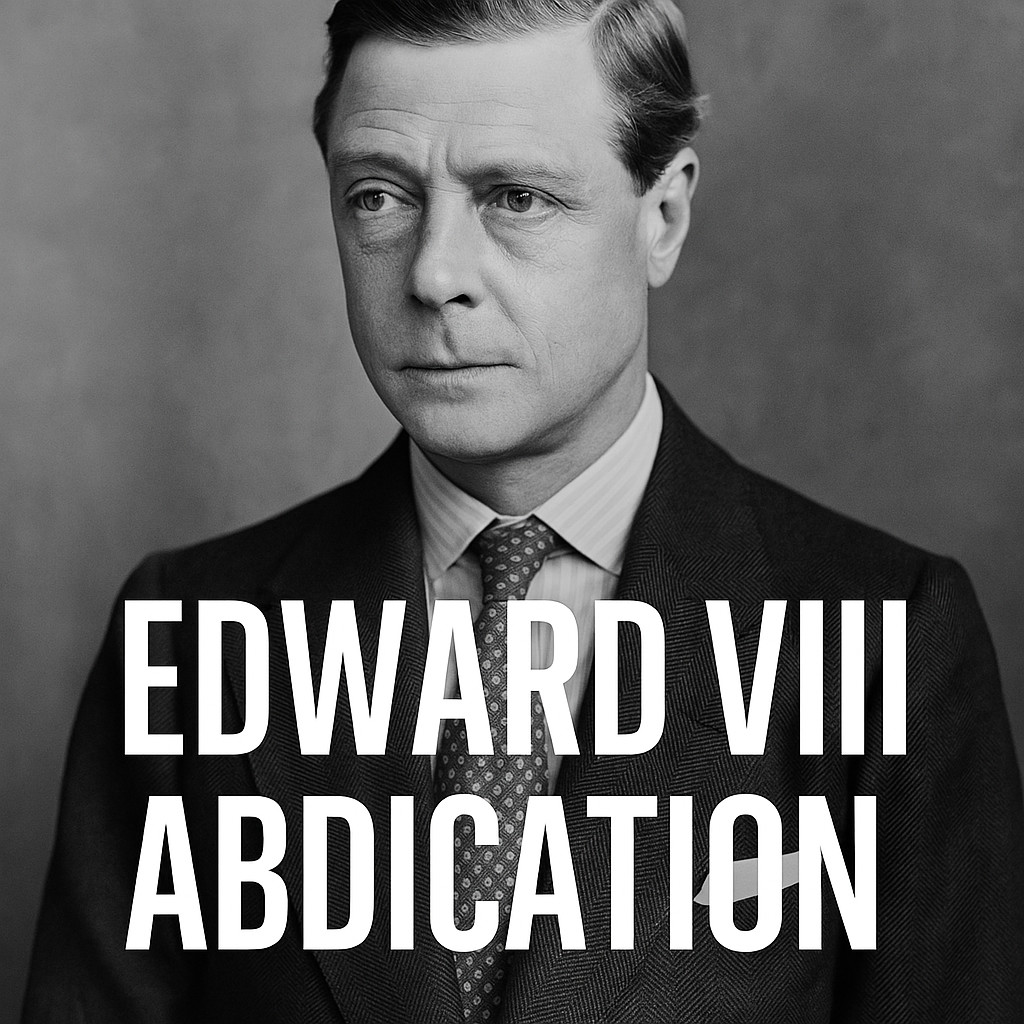
Explore the evolving world of royalty, from ancient traditions to contemporary icons. Discover how modern royals balance tradition, influence, and social change in a rapidly changing world.
Throughout history, royalty has symbolized power, tradition, and cultural identity. But in the 21st century, the concept of monarchy is undergoing a transformation. Today’s royals are more than just figures of history—they are ambassadors of change, advocates for social issues, and symbols of continuity in a dynamic world.
From the regal courts of Europe to emerging royal families around the globe, the modern monarchy is redefining its role, blending age-old traditions with contemporary values. Let’s delve into the fascinating world of modern royalty and explore how these figures continue to influence society.
The Evolution of Royalty in Modern Times
Historically, monarchs wielded absolute power, with their authority rooted in lineage and divine right. Today, most royal families serve ceremonial roles, acting as unifying symbols rather than ruling authorities.
Despite this shift, royal figures still command immense influence—whether through charitable work, diplomatic engagements, or cultural preservation. Their public personas are carefully crafted, balancing tradition with the demands of modern society.
Notable examples include the British Royal Family, the Swedish Royal House, and emerging monarchies in countries like Jordan and Thailand. These families embody a blend of heritage and innovation, adapting to the changing expectations of their citizens and the world.
Royals as Agents of Social Change
In recent decades, many royals have used their platforms to champion critical social issues, from mental health awareness to environmental sustainability. Their advocacy helps raise global consciousness while maintaining relevance.
For instance, Queen Rania of Jordan advocates for education and women’s rights, while King Mohammed VI of Morocco promotes economic development and social reform. Younger royals, like Britain’s Prince William and Kate Middleton, focus heavily on mental health and conservation efforts.
This shift signifies a new era where royalty is not just about tradition but also about active participation in shaping a better future.
The Power of Tradition and Modernity
While modern royals embrace social progress, they also uphold centuries-old customs that connect them to their history and culture. Royal ceremonies, attire, and rituals serve as powerful symbols of continuity, fostering national pride and unity.
Balancing tradition with innovation is no easy feat. However, figures like Queen Elizabeth II exemplified this harmony—respecting tradition while embracing change. Today, younger royals are redefining these roles, using social media to connect with the public and showcase their authentic selves.
Royal Influence Across the Globe
Although the influence of monarchies varies by country, their cultural impact remains significant worldwide. They serve as diplomatic bridges, cultural ambassadors, and sources of national identity.
In countries with constitutional monarchies, royals often act as unifying figures during times of crisis and celebration. Their visibility and involvement in social causes foster a sense of community and continuity.
Furthermore, royal families have become global brands, inspiring fashion, tourism, and media. From royal weddings to documentaries, their stories captivate audiences and shape perceptions of tradition and modernity.
Why Royalty Still Captivates Our Imagination
- Historical Significance: Connecting us to centuries of history and tradition.
- Symbol of Continuity: Providing stability amid change.
- Inspiring Leadership: Demonstrating service, resilience, and advocacy.
- Cultural Fascination: Enriching our stories through fashion, ceremonies, and diplomacy.
Royalty today is a dynamic blend of history, influence, and social progress. Modern royals are redefining what it means to serve their nations—balancing respect for tradition with a commitment to contemporary values.
As they navigate the complexities of a changing world, these figures continue to inspire and unite, proving that even in a modern age, the crown remains a powerful symbol of hope, identity, and resilience.
Interested in the fascinating world of royalty? Follow us for more stories about regal traditions, modern monarchs, and the enduring legacy of royal families worldwide!
How to Build a Smart Home for Under $200
👑 The Abdication Crisis of 1936: When Love Changed the British Monarchy
Edward VIII abdication In the long history of the British monarchy, few events have been as shocking…
The Legacy of Richard the Lionheart: England’s Warrior King
History remembers Richard I of England, better known as Richard the Lionheart, as a king of courage,…
She Was Mary Boleyn, Followed in Bed by Her Own Sister VIII. Henry
Mary Boleyn caught the eye of VIII. Henry even before he met her sister, Anne, who became the most f…









